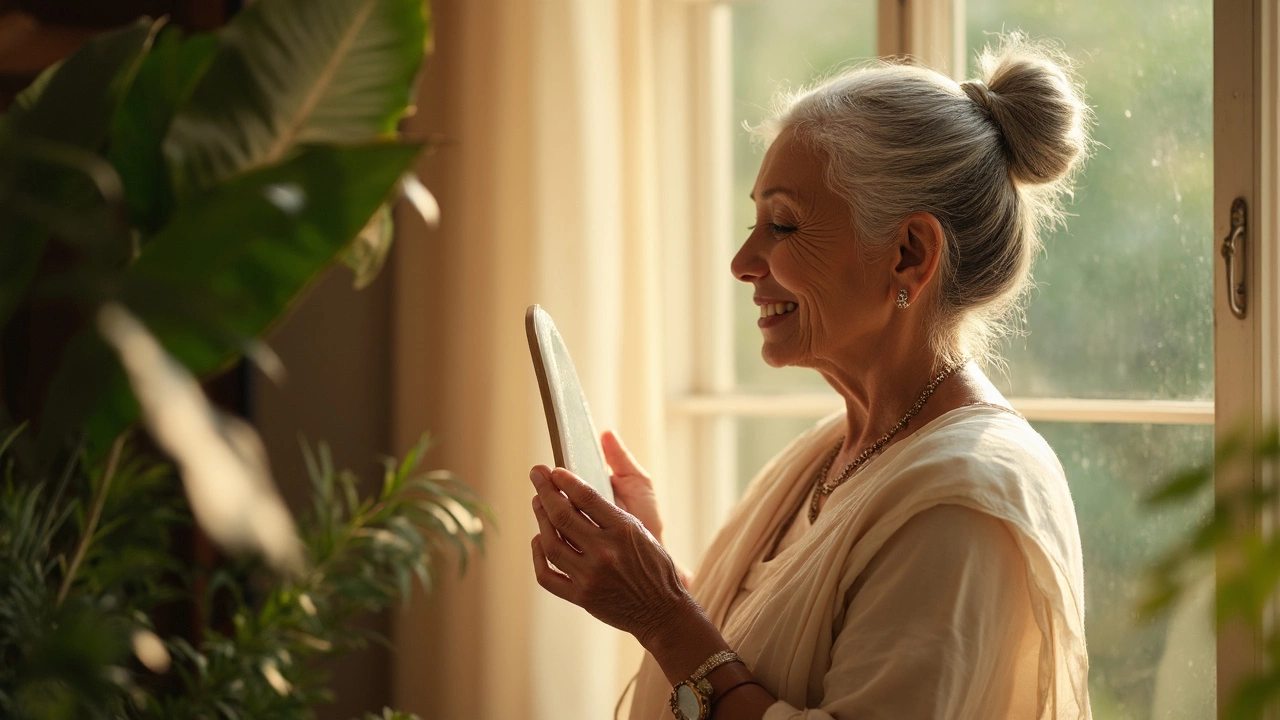Skincare for Seniors: Simple Steps to Keep Your Skin Healthy
Getting older means your skin changes – it gets thinner, drier, and a bit more sensitive. That doesn’t mean you have to settle for dull, flaky skin. With the right routine, you can keep your complexion smooth, hydrated, and radiant, no matter the age.
Why Senior Skin Needs Different Care
When you hit your 60s or 70s, the natural oil production slows down, and collagen levels drop. The result is a loss of elasticity and a higher chance of dryness or irritation. Sun damage from years of exposure also catches up, showing up as age spots or fine lines. Because of these changes, products that work for younger skin might feel too harsh for mature skin.
Another factor is medication. Many seniors take medicines that can make skin more photosensitive or cause dryness. Choosing gentle, fragrance‑free formulas helps avoid unwanted reactions and keeps the barrier intact.
Everyday Routine You Can Follow
1. Cleanse with a mild, non‑foaming wash. Skip harsh soaps that strip moisture. Look for a cream or lotion cleanser that rinses clean without leaving a film. Use lukewarm water – hot water can dry out the skin even more.
2. Hydrate immediately after washing. Pat your skin dry, then apply a rich moisturizer while it’s still damp. Ingredients like ceramides, hyaluronic acid, and glycerin are excellent for locking in moisture. Products such as CeraVe Moisturizing Cream or a simple oat‑based lotion work well.
3. Protect with sunscreen daily. Even if you stay indoors most of the time, UV rays sneak through windows. Choose a broad‑spectrum SPF 30 or higher, preferably with zinc oxide or titanium dioxide for gentle protection. Apply it as the last step of your morning routine.
4. Add an anti‑aging boost. Retinoids can be too strong for senior skin, but low‑dose retinaldehyde or bakuchiol offers similar benefits without irritation. Use it a few nights a week and follow with extra moisturizer.
5. Stay hydrated inside and out. Drinking enough water helps skin stay plump. Also, consider a humidifier in dry rooms, especially during winter, to prevent moisture loss.
For extra care, a weekly gentle exfoliation with a fruit‑enzyme mask can smooth flaky patches. Avoid physical scrubs with large beads – they can micro‑tear delicate skin.
Finally, listen to your skin. If a product leaves a tingle or redness, stop using it and try a simpler version. Your skin will tell you what it needs.
By sticking to these straightforward steps, you’ll notice less dryness, fewer breakouts, and a healthier glow. Skincare for seniors isn’t about expensive gadgets; it’s about respecting the changes your skin goes through and giving it the gentle support it deserves.
Best Treatment for 70 Year Old Face Skin: Real Solutions That Work
Wondering how to care for facial skin at 70? This guide cuts through the hype and gets right to the treatments, products, and practical habits that actually help older skin look and feel its best. You'll learn which ingredients to look for, what works at home, when to see a pro, and how little changes make a big difference. Real tips, honest advice—just what your skin needs. No sugarcoating, just straight talk for real results.

 Hair Care
Hair Care